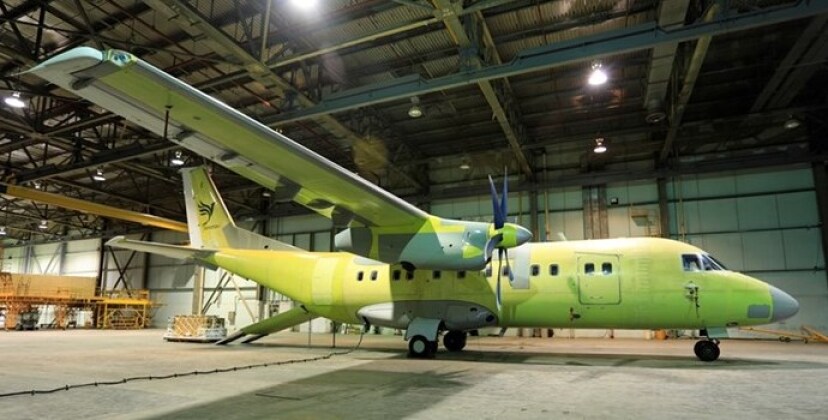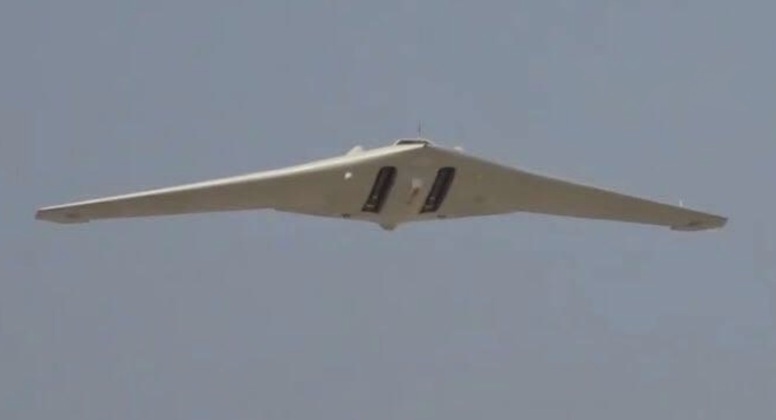The Iran Aircraft Manufacturing Industries (HESA) utility turboprop plane Simorgh made made its maiden flight on May 31, with the aircraft expected to replace the American supplier C-130s that currently form the backbone of the fleet. Iran was a leading client for American military aircraft during the 1970s, but has begun to gradually phase airframes from that era out of service with both indigenous and Russian aircraft being acquired to replace them. The Simorgh’s first flight took place in the city of Isfahan, and was watched by the Iranian Armed Forces Chief of Staff Mohammad Bagheri. Named after an ancient bird from Persian mythology, the aircraft was first unveiled in mid 2022. It has been reported to have a particularly strong performance in areas including its agility, weight, and cargo capacity and high suitability for Iran’s often extreme weather conditions. Local state media described the aircraft as one benefitting from “indigenous high-tech materials and is designed in accordance with Iran’s climatic conditions as well as international standards and regulations.” Speaking regarding the aircraft’s significance personnel chief Brigadier General Mohammad-Reza Ashtiani stated: “Given the developments in the region and the threats against the Islamic Republic, aircraft play an important role in the transportation of cargo, and support for the armed forces on battlefields.”

Development of the Simorgh follows the lifting of the last UN restrictions on Iran’s arms trade as a result of the Joint Comprehensive Plan of Action nuclear deal signed in 2015, which paves the way to Iranian armaments to compete on global markets including the very large market for turboprop transports. These represent among the most widely used types of military aircraft in the world, and service not only with air forces but also with the navies and armies of many countries – some of which have next to no combat aviation capabilities. The aircraft’s development follows multiple key achievements in Iranian military aviation, including the successful Kowsar lightweight fighter program which entered serial production in late 2018 to provide a replacement to American-supplied F-5 jets, and the widely reported strong performances of Iranian drones used by Russian forces in the Ukrainian theatre.

Perhaps the greatest success of Iran’s military aviation industry has been the development of high endurance flying wing stealth drones – which are otherwise only fielded by the United States and China and provide highly potent strike and reconnaissance capabilities. Although not combat tested in Ukraine, these aircraft have proven themselves in combat during reconnaissance flights over Israeli territory when they proved highly survivable according to Israeli sources. As a non combat asset, the Simorgh could prove easier to export despite threats of sanctions from Washington on any potential client for Iranian arms under the Countering American Adversaries Through Sanctions Act, since it could be argued that the aircraft is not a strictly defence related asset. The Simorgh may well see civilian use within Iran itself as well as abroad, much like the C-130 has had well over a dozen civil operators. It remains uncertain on what scale the aircraft will be produced, how competitive it is in terms of operational costs compared to overseas rivals, and whether it will see service beyond the Iranian Air Force possibly in the Navy or the Revolutionary Guard Corps.
